Do you own an eCommerce site that gets a lot of traffic to its ‘out-of-stock’ product pages? Want to know how you can monetize the traffic to improve your sales conversions?
Stockout pages can be annoying, especially for interested buyers. What’s more frustrating than discovering the item that you were looking for is sold out?
In this post, I’m going to share tips on what to do when products are sold out and how to plan your product inventory well. Here’s everything I’ll cover in this post:
- What To Do if a Product Is Out-of-Stock?
- Practical Tips To Solve Out-of-Stock Problems
- Campaign Ideas To Leverage Out-of-Stock Pages
- The Best Inventory Tracker Tools
What To Do if a Product Is Out-of-Stock?
The problem of out-of-stock products happens to all online retailers, even retail giants.
But depending on how you handle it, you can turn your stockout problem into an opportunity to engage the customers.
Generally speaking, there are 3 ways to address a stock outage. You can:
- Do nothing and leave the page up as it is. Over time, this will give your customers the impression that your eCommerce store doesn’t plan its inventory well.
- Redirect visitors to your homepage or other landing pages in your eCommerce website. This can help you improve your website conversion rates.
- Delete the page completely. This will give the shopper a 404 (page not found) or 410 (page removed) error like the one pictured below.
Remember that your decision can impact on your website’s search engine optimization (SEO). That’s why you should think carefully before rushing into a decision.
Practical Tips To Solve Out-of-Stock Problems
Here are a few scenarios you can think through to make the right decision the next time you run out of supply of certain products.
An Item Is Temporarily Out-of-Stock
I recommend you not to delete your product page. If you have your online store running for some time, chances are, you’ve built up some link equity.
That’s a fancy term for Google clout. It means the more SEO-friendly your website is, the more link authority you have. And the more equity, the better you rank.
You can learn more about the topic in our post Beginner’s Guide To SEO.
But if you aren’t deleting the product page, what can you do?
The most important thing is to mark the item as temporarily out-of-stock. You want your customers to know your product is sold out before they try to add it to their cart.
In fact, you might want to consider disabling the ‘add to cart’ button too. The last thing you want to do is ruin your customer experience and frustrate your buyers.
Here’s a great example of this from LuisaViaRoma:
Notice how they make it clear the item is out-of-stock. You can’t add it to your cart. You can’t even look at the product or read about it.
But notice how they encourage customers to contact their Product Advisor for help. Or, the call to action (CTA) button that encourages buyers to view similar products on its category page.
This is a great way to improve the user experience (UX) by helping the buyers either:
- Find another item similar to the one they’re looking for.
- Submit their email addresses so that they’re notified when the item is restocked.
Ultimately, your goal should be to optimize the eCommerce site for your customers’ convenience. The last thing you want is for them to leave your site frustrated.
I recommend you give the customers an expected return date for your unavailable products. You might even want to suggest similar products on your out-of-stock pages.
Related Content How to Create a Product Recommendation Popup (the Easy Way).
Now, let’s look at something a little more challenging: when you’ve permanently gotten rid of a product.
You Don’t Want To Restock an Item
Things get a little tricky when an out-of-stock item is sold out and you don’t want to replenish it.
For instance, this can include defective products that the original manufacturers have permanently recalled or products that you can’t sell anymore due to new government laws.
Conventional wisdom suggests that you should delete the page altogether since you’ll no longer be able to restock the products in the future.
But like I mentioned earlier, deleting the product page entirely can ruin your eCommerce SEO value.
This can be a difficult decision when it comes to improving your website’s ranking while figuring out a logical solution to manage out-of-stock product pages.
But don’t worry. Below, I share 4 different ideas that you can apply to your out-of-stock pages depending on one of the following scenarios:
- Scenario 1: Your Page Has External Links
- Scenario 2: Your Page Has Traffic, but No Backlinks and Performs Poorly
- Scenario 3: Your Page Has Traffic and No Backlinks, but It’s Converting
- Scenario 4: Your Page Has No Backlinks or Traffic
Let’s go through all the scenarios in detail:
Scenario 1: Your Page Has External Links
Backlinks are critical to your SEO performance. They help your site rank high on Google’s search engine results page (SERP) and you certainly don’t want to lose them.
For this reason, you need to check your page with a handy traffic tool to see if there are a lot of backlinks, as well as important internal links. You can use one of the best competitor research tools to analyze your backlinks authority.
Here’s a backlink analyzer tool from Semrush:
Make sure to always run a backlink and SEO analysis before you delete a page.
If you discover that people are linking to your discontinued product page, choose from one of the following options:
- Redirect the out-of-stock page to a related product. Here’s how to set up a 301 redirection without coding.
- Redirect the page to a related product category. Do this if there aren’t any related products.
- Replace the product on the webpage with a similar item.
If you choose to replace the product on the webpage, make sure the new product is relevant. It needs to be close enough to the sold-out product that your backlinks still make sense.
Using a product like TrustPulse can help you guide your buyers to a relevant product page. TrustPulse uses the power of social proof to instantly increase site conversions by up to 15%.
You can use TrustPulse’s smart targeting features to show shoppers on your out-of-stock pages that other shoppers are purchasing a related product.
Related Content How To Get Backlinks: Everything You Need To Know.
Scenario 2: Your Page Has Traffic, but No Backlinks and Performs Poorly
What can you do if you have a page that isn’t converting well, doesn’t have backlinks, but is getting plenty of organic traffic?
You can remove this page from your site, but I personally don’t recommend that. Deleting the page can lead you to lose a lot of traffic and increase your bounce rate.
Instead, try redirecting visitors to an alternative product page. Here’s an example from an eCommerce site that does it well with an OptinMonster popup:
If you really want to show you care about your customers, make a post-redirect message as well. That way, you keep the visitors coming to your page.
But don’t miss the opportunity to send them to a page where they can convert.
Scenario 3: Your Page Has Traffic and No Backlinks, but It’s Converting
Here’s a strange scenario. What do you do if your out-of-stock page is attracting visitors who end up purchasing items on your site?
You would probably want to keep that page running. After all, you did something right if it’s bringing in new customers.
There are a few options you can explore in this situation. You can:
- Do nothing and let visitors click through your site.
- Add product suggestions to the out-of-stock pages.
- Redirect visitors to a similar product. You’ll probably want to include a post-redirect message, so you don’t confuse or annoy visitors.
Generally speaking, the 2nd or 3rd option is probably your best bet. Since you’re already converting, you may want to add product suggestions first.
Here’s a great product recommendation example in the form of a lightbox popup:
Once you set this up, you can monitor your conversion metrics over the next couple of months. If your conversions drop or stay the same, consider redirecting to another product.
The above scenarios help you turn out-of-stock pages into a new sales opportunity. But what do you do if your page isn’t performing at all? Let’s find out.
Scenario 4: Your Page Has No Backlinks or Traffic
You’re out-of-stock, nobody’s visiting your page, and more importantly, nobody’s linking to it. What do you do?
This is the only scenario where I recommend that you pull the plug on the page.
That’s because you don’t want your organic search traffic to drop because of ‘Index Bloat.’ It’s when Google indexes several low-quality pages, which usually hurts your site performance.
So delete the page and set up a 404 Error page to let your site visitors know that they have landed on a dead page.
Don’t forget to remove the site from Google Search Console. You can do this by going to Remove URL under the Google Index. Next, enter the URL of the deleted page:
Want to get more tips about how to use Google Search Console? Read our guide on How To Use Google Search Console To Grow Website Traffic.
Campaign Ideas To Leverage Out-of-stock Pages
So far, we’ve covered how to handle out-of-stock scenarios in a few different ways. I shared tips about:
- Preventing stock-out situations.
- How to manage out-of-stock pages without damaging your SEO.
- Improving sales through redirects, recommendations, and best product pages.
Another way you can use stock-outs to improve your sales is with OptinMonster. OptinMonster lets you create and trigger custom popup campaigns for people visiting your out-of-stock pages:
OptinMonster’s wide range of lead generation features makes it easy to engage with these visitors in several different ways. For example, you can offer discount codes to visitors searching for out-of-stock products on your site to improve conversions:
You can do this by using our simple page-level targeting feature. The targeting rule allows you to offer discounts to people who land on your out-of-stock page.
Learn more about how to make the most of OptinMonster’s page-level targeting feature.
Case Study How Paint Your Life Converted 28.57% of Visitors With Page-Level Targeting!
With OptinMonster, you can choose from 100+ templates to create a wide variety of marketing campaigns, such as:
- Popups
- Inline Forms
- Floating Bars
- Countdown Timers
- Slide-In Scroll Boxes
- Coupon Wheel Optins
- Fullscreen Welcome Mats
You can create visually appealing marketing campaigns with either of these campaign types and add them to your out-of-stock pages. From there, you can engage the customer in several different ways, such as:
- Create an out-of-stock message: Inform your customers of the stock-out with an optin that collects email addresses. Use this to add them to relevant mailing lists or contact them when the item has returned.
- Offer product suggestions: OptinMonster lets you create interactive optins that you can use to recommend similar products. You can also use these campaigns to collect email addresses to grow your mailing list.
- Engage abandoning visitors: Use OptinMonster’s Exit-Intent® feature to target visitors leaving your site. That way, you can direct them to a similar product or offer discounts seconds before they leave.
OptinMonster offers easy ways for you to connect with your potential customers. Many of its innovative features that target and convert cart abandoners are just as effective with stock-outs.
The Best Inventory Tracker Tools
Imagine visiting your favorite eCommerce website, credit card in hand, only to get hit with an out-of-stock message.
Even worse, imagine not getting an out-of-stock message at all. What if you got to the checkout page and then knew that the product you wanted to buy was sold out?
You might wonder why the company isn’t using a simple inventory checker. That’s exactly how your customers would feel if your eCommerce store did that to them.
Customers might spend 30 minutes browsing your store until they finally find something they want. But when they go to check out, they learn the bad news: it’s gone out of stock.
That’s a recipe for shopping cart abandonment.
Thankfully, there are a few tools that can help you prevent this situation so that customers leave happy.
If you are selling physical products online, you have to stay on top of your supply-chain process. If not, you run the risk of losing customers to your competitors.
One option is to use tools like WooCommerce Waitlist:
The tool helps you alert visitors about stock-outs, collect their pre-orders, and send them notifications when the products are back in stock.
But what if you run your online business across other commerce platforms?
Here are 5 best inventory management tools you can use to streamline your product listing process:
1. nChannel
Do you run your eCommerce business on Shopify, Magento, or BigCommerce?
nChannel is a cloud-based inventory checker and tracker that makes managing your products easier than ever. The whole inventory management process is automated and updated in real time.
Not only does nChannel save you more time, but it also lets you manage and replenish your inventory more accurately.
The tool also comes with a product availability tracker that notifies customers as soon as an item is available. That way, even when you do have stock-outs, you can still deliver top customer service.
Top Tools Top 11 BigCommerce Apps That Will Convert More Customers.
2. SellerCloud
If you’ve been searching for an all-in-one solution for all your inventory needs, SellerCloud has you covered.
SellerCloud is a comprehensive inventory management solution for all popular eCommerce platforms, including:
- WooCommerce
- Shopify
- Magento
You can also use it to track inventory and to keep your product catalog updated when there are any stock changes.
But SellerCloud is more than an inventory tracker. It also comes with various tools for managing customer feedback, streamlining shipments, and scheduling listings.
3. 4Psite
Need a powerful order management platform that lets you sell inventory across multiple channels? Then 4Psite is right up your alley.
This cloud-based eCommerce tool connects with your favorite platforms, including:
- WooCommerce
- BigCommerce
- Shopify
- Magento
4Psite also lets you sell and manage items on established marketplaces like eBay, Amazon, and Etsy.
4Psite also comes with inventory checker and tracker capabilities. You can use the tool to manage inventory across all platforms from the same dashboard.
4Psite lets you check on the availability of a product in real-time, make inventory forecasting, and generate detailed product reports. That way, you’re always on top of your product stock.
4. Ordoro
Ordoro is a full-service inventory management solution that ensures your products make it from the shopping cart to the customer’s doorstep. You can use Ordoro with all the popular eCommerce platforms, like WooCommerce, Magento, Shopify, Amazon, and eBay.
Ordoro allows you to manage inventory across multiple platforms. You can use it to assign UPC barcodes, automate replenishment purchases, and track your on-hand inventory in real time.
But Ordoro isn’t just an inventory tracker. It also comes with tools that streamline the shipping process. Use it to print bulk shipping labels for many top couriers, like:
As a result, shipping your goods is just as easy as tracking inventory. Which is pretty easy, considering both can be done with the click of a button.
5. Unleashed
Unleashed promotes itself as the world’s easiest inventory management solution. And in many ways, it’s right.
But what’s it that makes Unleashed so great? For starters, it’s got an easy-to-use platform for tracking inventory in real time.
Another nice feature of Unleashed is its scalability. You can use the platform to manage a small-sized eCommerce store or track inventory across multiple warehouses. This makes Unleashed an excellent solution for anyone interested in expanding their inventory and distribution efforts.
Unleashed has a lot of other useful perks that make life easier. Some of these features include:
- Barcoding
- Inventory optimization
- Reorder management
Unleashed integrates natively with WooCommerce, Magento, Amazon, Shopify, and more eCommerce platforms.
Make Out-of-Stock Pages Work for You
Now that you know how to deal with out-of-stock problems, you can convert people who land on your sold-out product pages or improve your upsells and cross-sells.
If you liked this post, you might also be interested in the following articles:
- Email Marketing for eCommerce: 7 Easy Tips for Success
- eCommerce Best Practices: Set up Your Business for Success
- How to Launch a Successful Ecommerce Site: 9 Tips and Tools
- What Is a Flash Sale? Plan & Promote Your Limited-Time Deals
- How To Get More Reviews: 10 Ways To Increase Social Proof
Want to add a popup campaign to one of your existing out-of-stock product pages? Sign up with Optinmonster today!


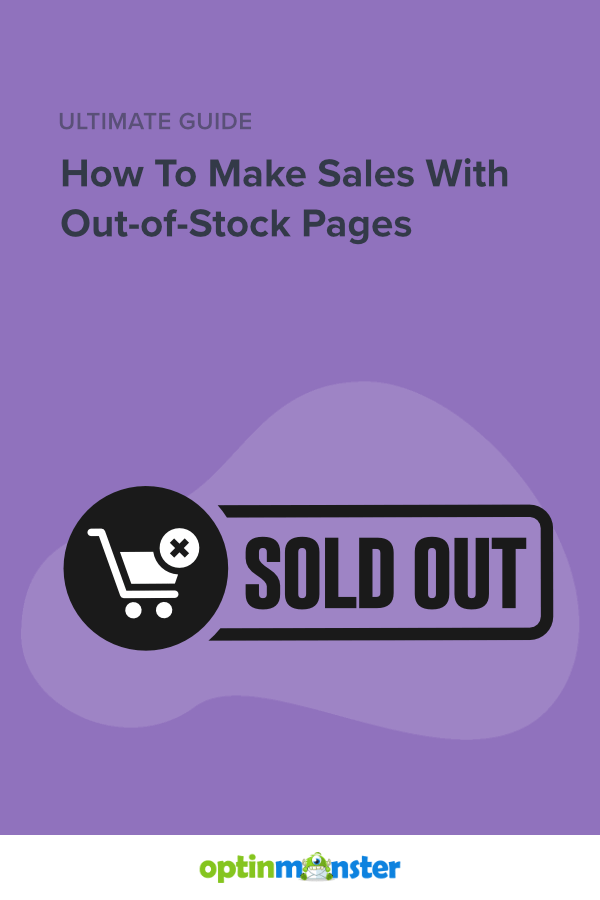
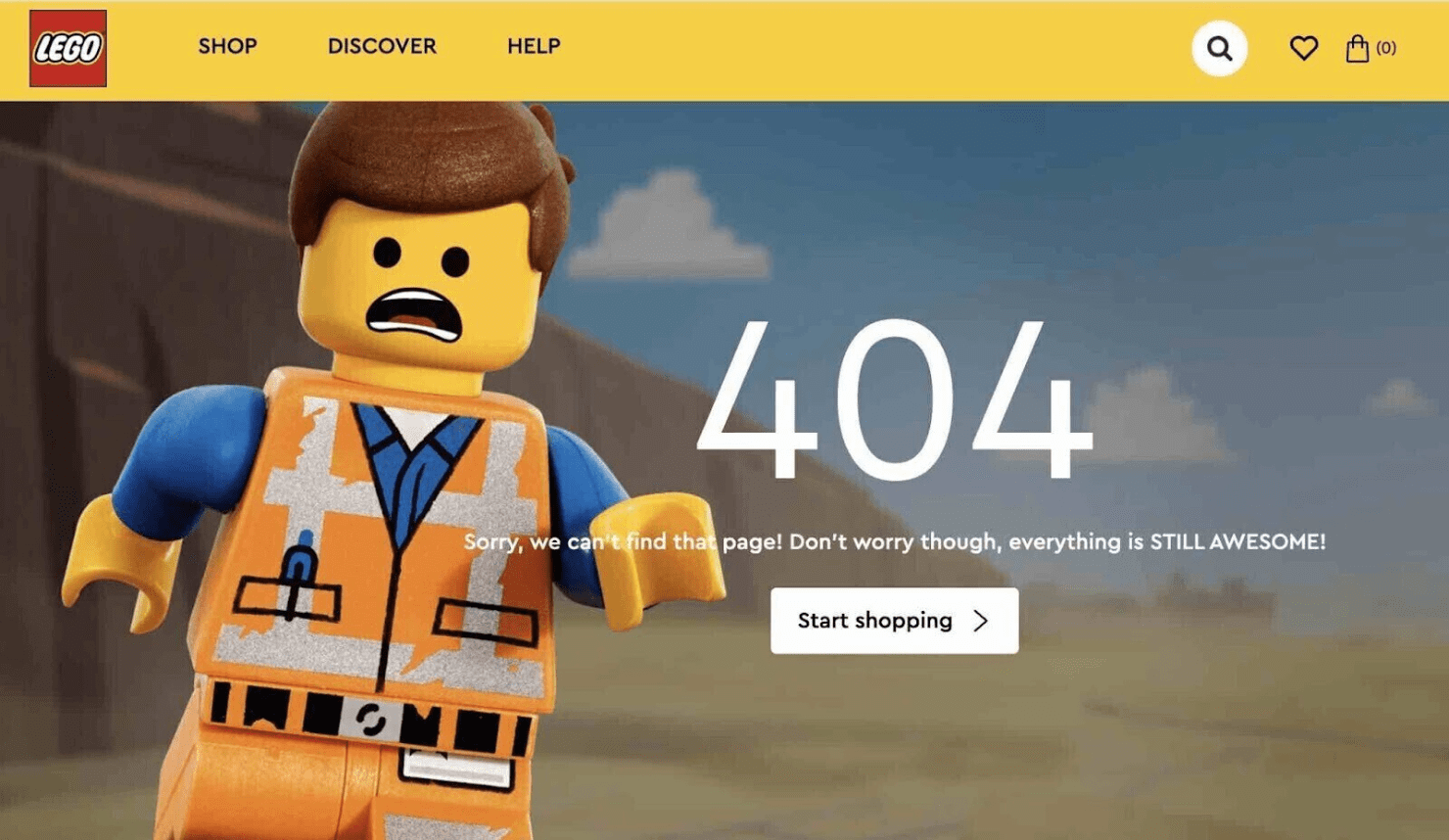


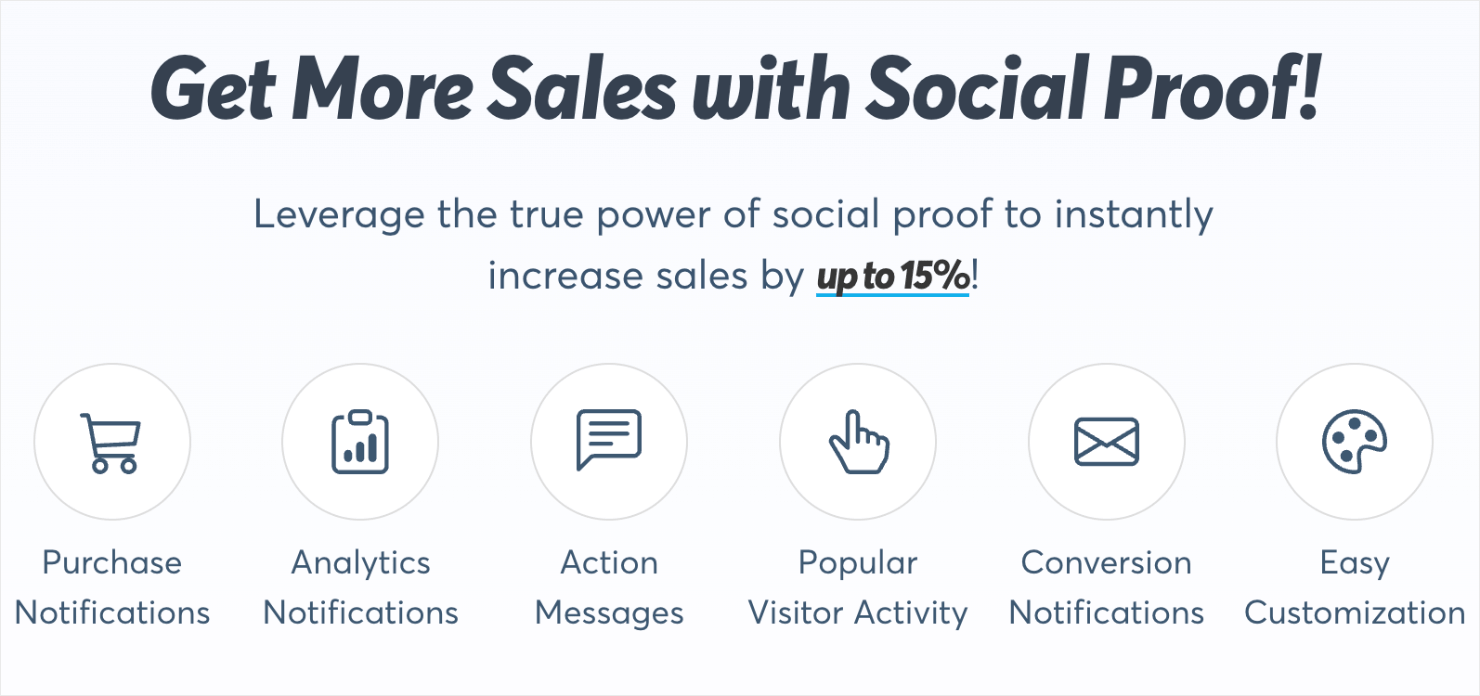

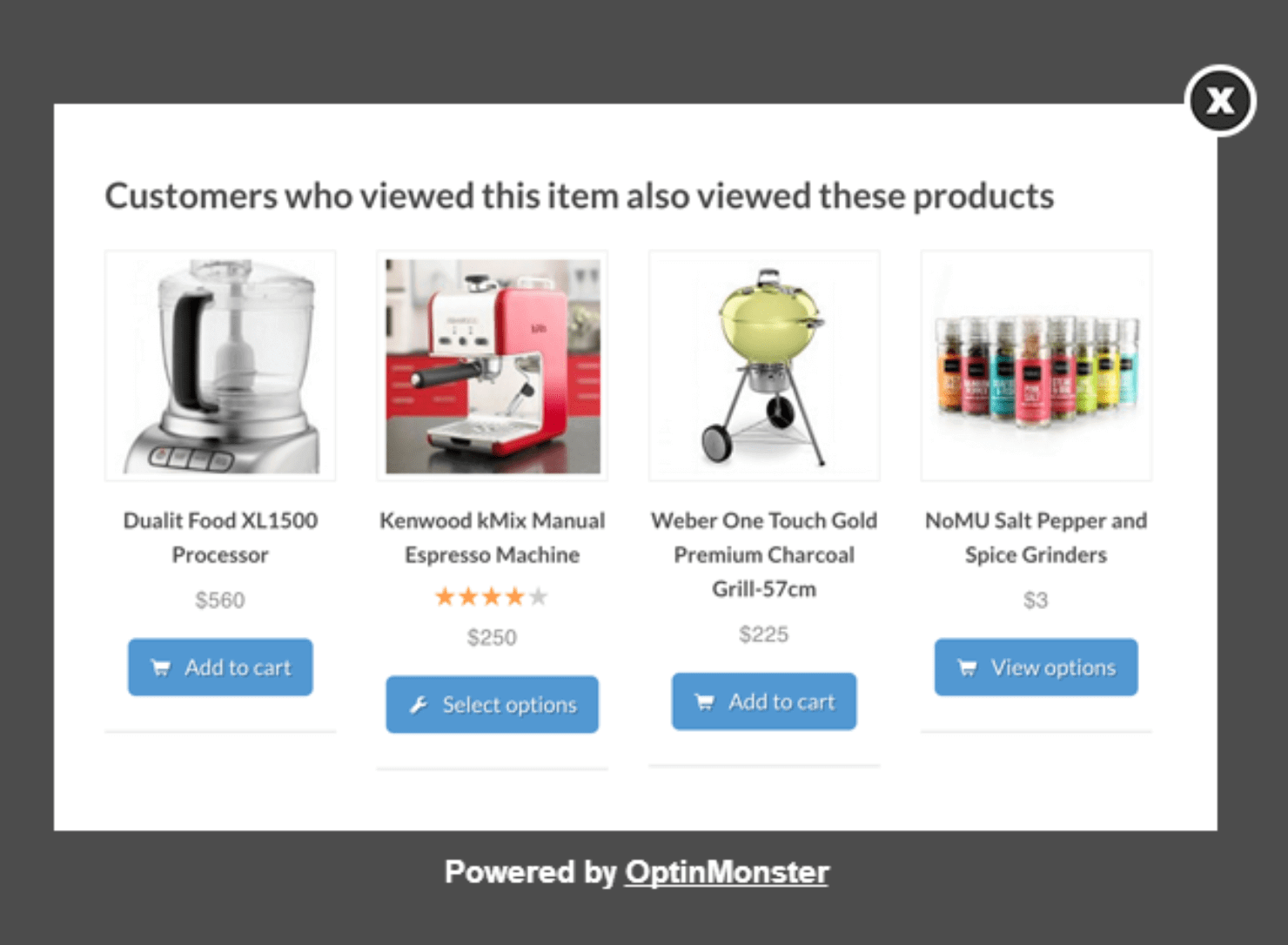
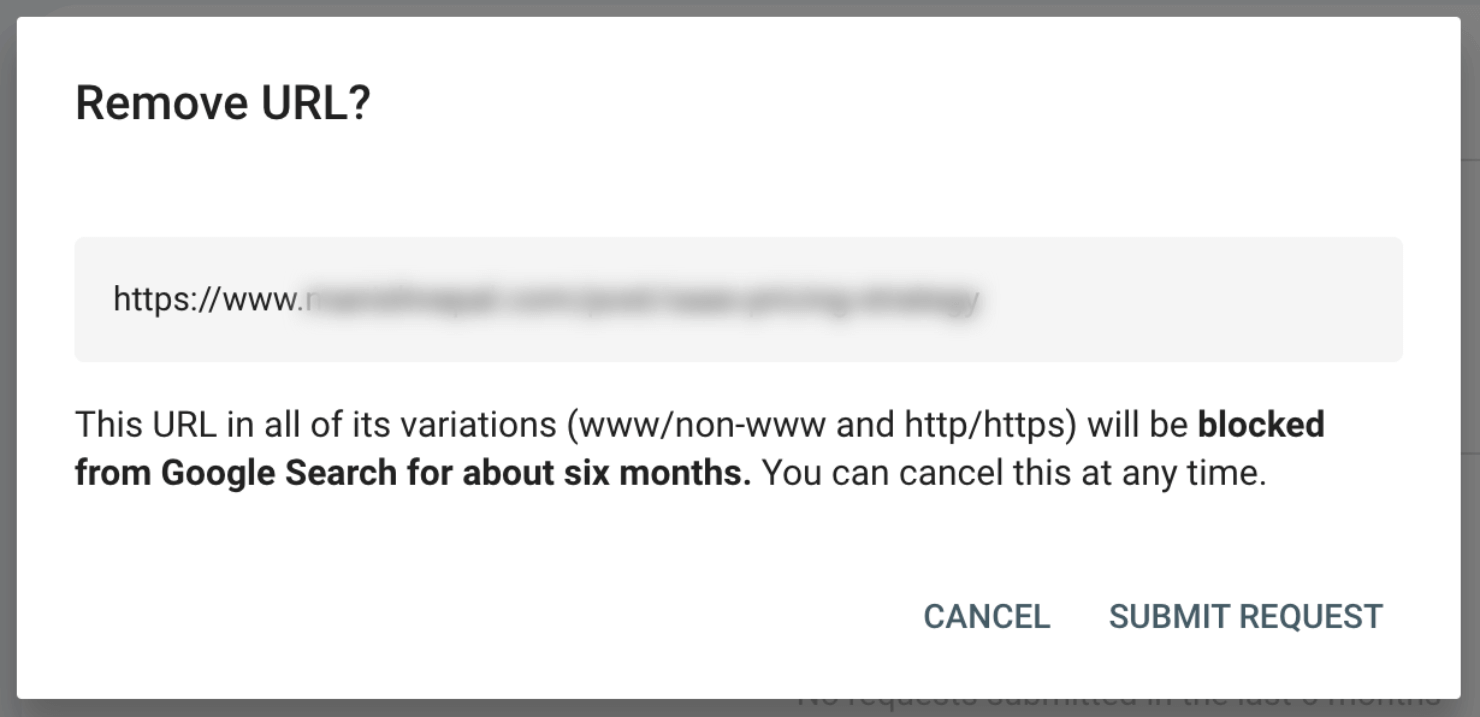


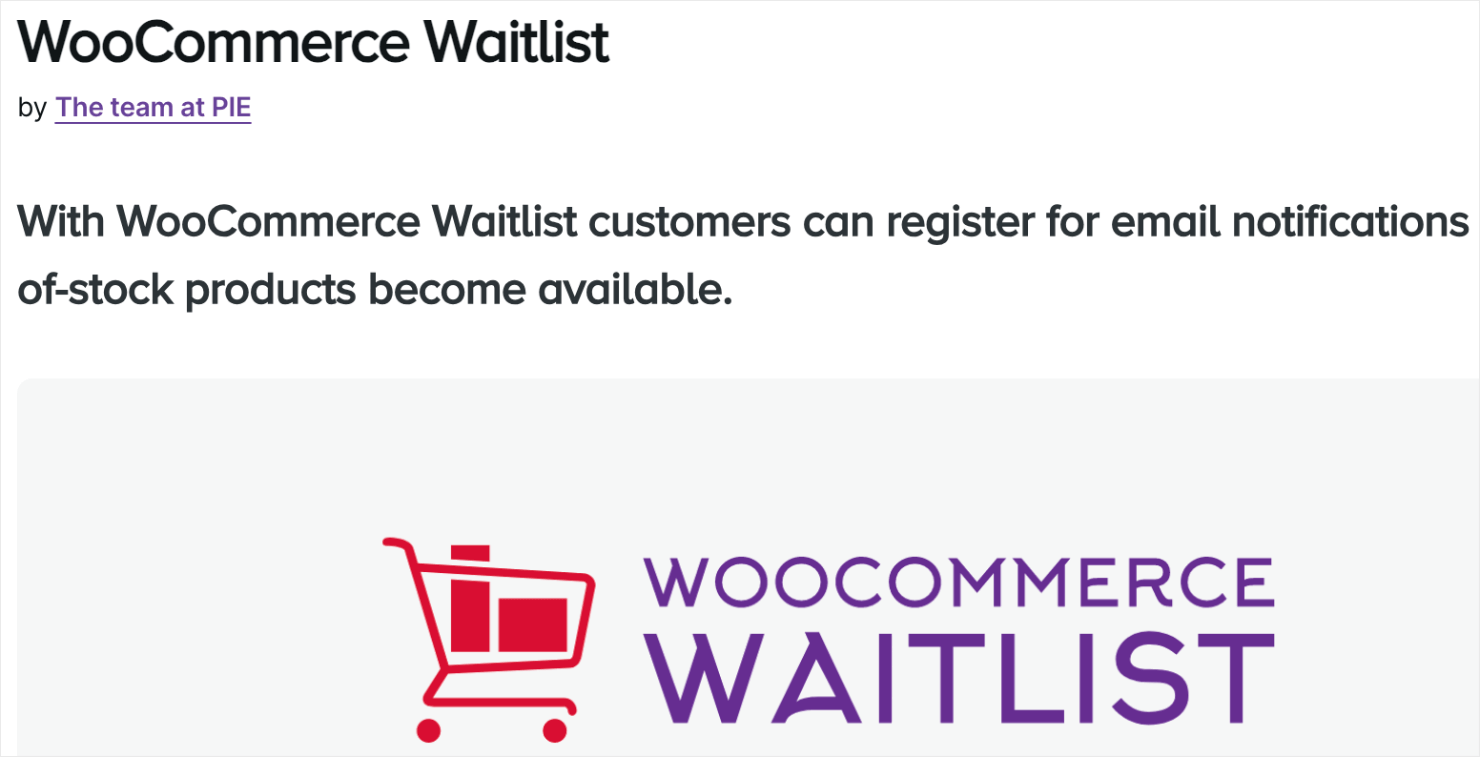

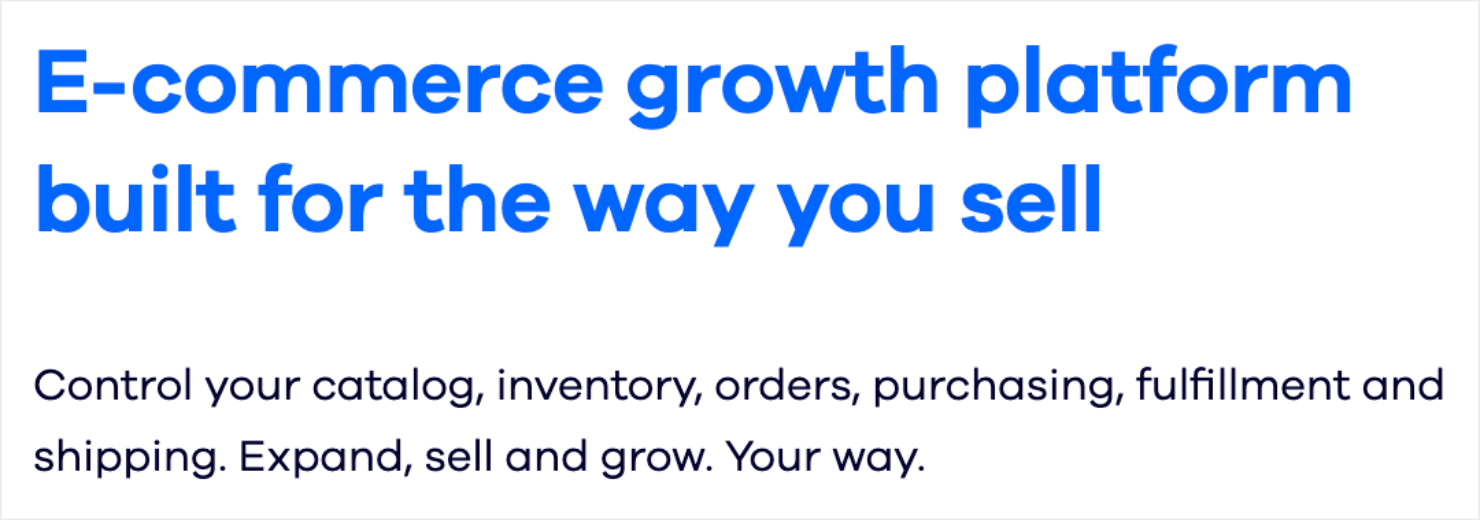

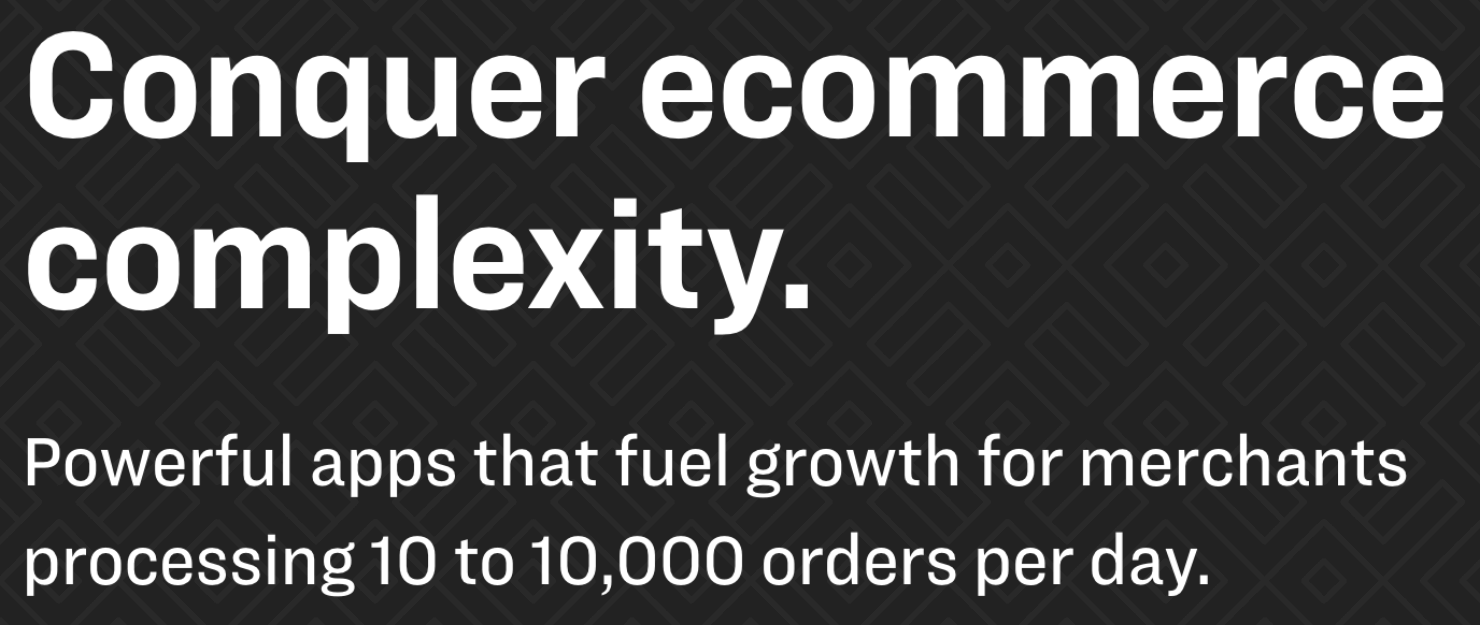









Add a Comment